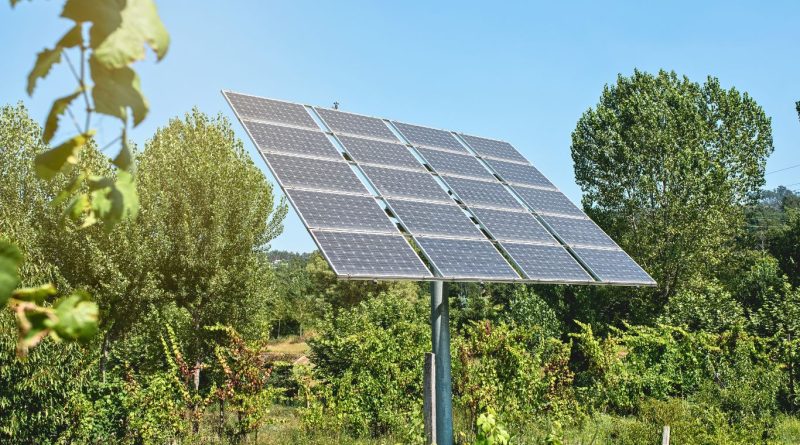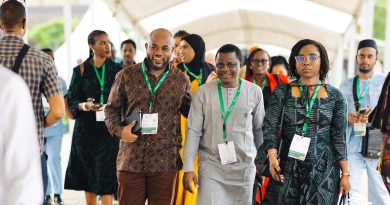As Donors Exit, Will East Africa’s Solar Agriculture Thrive on Its Own?
By Chemtai Kirui
Limuru – As climate shocks strain East African farmers and donor funding for clean energy winds down, a regional coalition is betting that solar-powered agriculture — and farmer-led business models — could reshape how food is grown, stored and sold.
That was the driving message at the third DREEM Partnership Conference held in Limuru, Kenya, where governments, financiers, and clean energy entrepreneurs gathered to map out the next phase of deploying solar power across the region’s agricultural heartlands — and in doing so, drive jobs, climate resilience and rural incomes.
Hosted by the Kenya Climate Innovation Center (KCIC), the two-day forum opened with calls to scale the Distributed Renewable Energy Ecosystem Model (DREEM), a regional initiative designed to link entrepreneurs, funders and policymakers to deliver solar solutions that work for farmers.
“The real power of this model lies not just in technology, but in building an ecosystem — where entrepreneurs, financiers and governments work together,” said KCIC CEO Joseph Murabula.
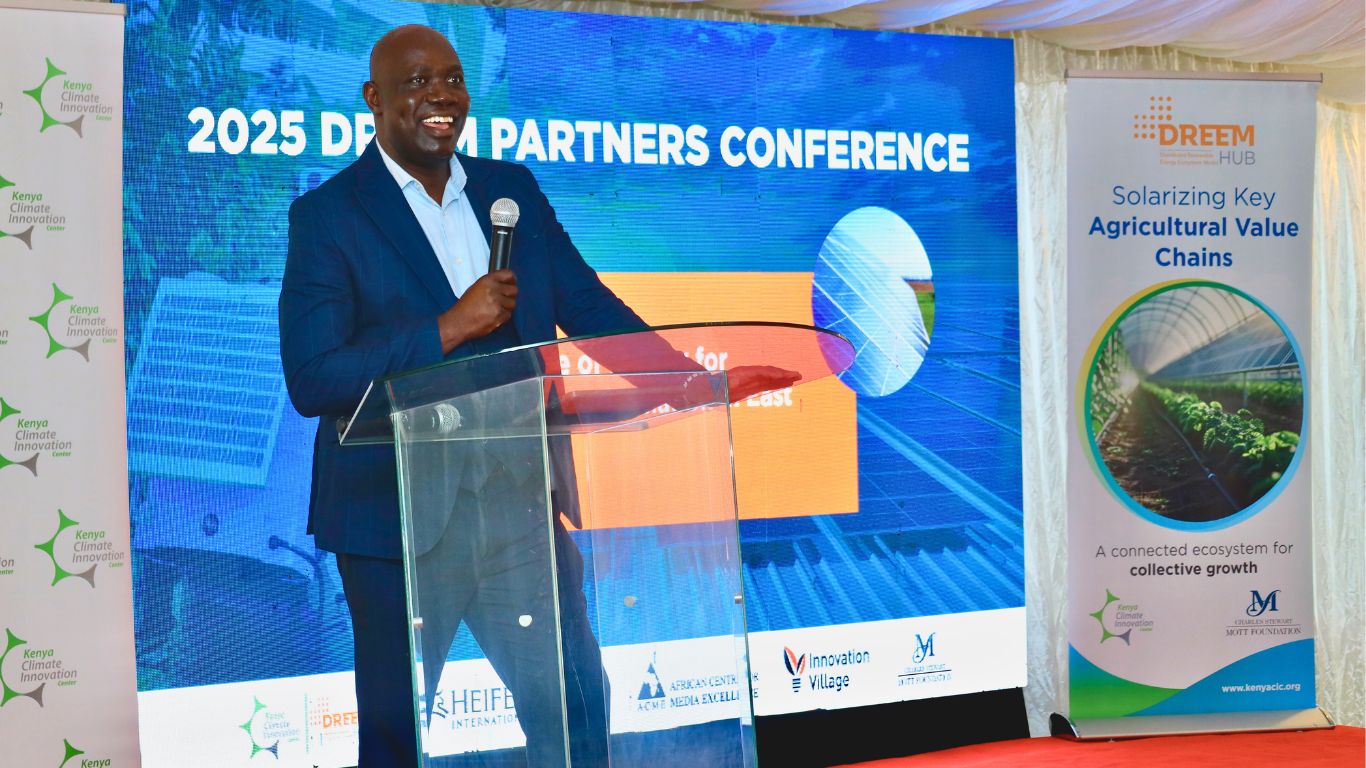
The DREEM Hub is a regional clean energy initiative that was formulated by the Charles Stewart Mott Foundation and operates through local partners—Heifer International Uganda, WWF Tanzania, and the Kenya Climate Innovation Center — covering Uganda, Tanzania and Kenya.
The initiative, which is now in its third phase since launching in 2018, draws on a hub-and-spoke approach that channels resources through local partners to directly support farmers and cooperatives across the three countries.
Murabula said that DREEM grantees are helping farmers replace unreliable diesel and grid power with targeted solar systems, already improving farm economics in participating areas.
“Across East Africa, agriculture remains the backbone of our economies — yet one of its biggest bottlenecks is energy, especially for smallholder farmers,” he said. “Through this initiative, we’ve been able to address that challenge, reaching 300,000 people, creating over 400 direct jobs, and increasing farmers’ revenues by 19%.”
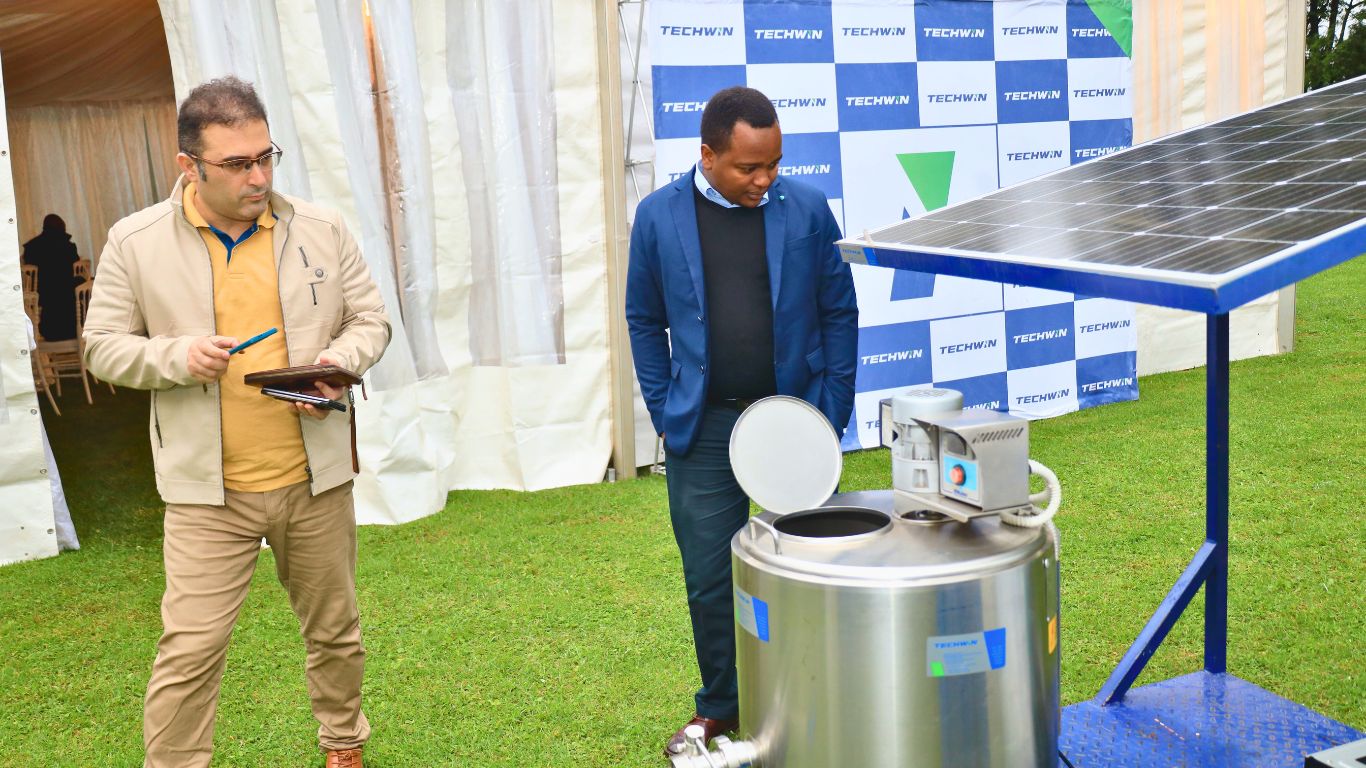
The event, held on July 9–10, zeroed in on the productive use of solar energy (PUSE) — solar power designed not just for lighting, but for income-generating activities such as irrigation, cooling and processing.
Speakers said that seeing solar only as a household lighting fix misses its dual potential to boost farm incomes and ease environmental pressures.
According to Savinus Kessy, DREEM Hub Manager for Tanzania, their work with fisher groups shows that solar doesn’t just improve fish quality and prices — it also reduces mangrove firewood harvesting, helping protect coastal ecosystems.
“We want to move local fishers up the value chain — not just to catch and sell, but to package, process and earn more,” Kessy said.
He added that by integrating solar lighting into night fishing, it offers new employment opportunities for youth, directly contributing to community development.
Similar sentiments came from the Country Director of Heifer International Uganda, William Matovu, who said many cooperatives had been losing up to 10% of income to inefficient systems before investing in solar-powered solutions.
“When we introduced solar-powered cooling and processing in these groups, we saw improvements in milk quality, productivity and even pricing,” he said. “It’s not just about cutting costs — it stabilizes fragile dairy value chains.”
DREEM hub managers said that these kinds of targeted systems strengthen farmers’ positions across the value chain while cutting costs and reducing environmental impacts.
“We don’t have to implement everything,” said Felix Maganju, the director of KCIC. “We act as the hub, then bring in spoke partners who offer specialized services.”
DREEM, whose main purpose is to reduce greenhouse gas emissions within key agricultural value chains, channels grants to organizations supporting solar for farmers, working through local delivery partners to offer systems via leases, sales or loans along with training to ensure effective use.
Climate change, which was raised repeatedly during the conference, continues to impact farmers daily.
“We’re seeing an escalation of pests and diseases — and it’s hitting us hard,” said Peter Gikonyo, Deputy National Chair of the Kenya National Farmers Federation (KENAFF). “Coffee berry disease, leaf rust and others are thriving in the changing climate.”
He said that the two coffee seasons they always relied on are now unpredictable.
“Flower buds are being replaced by leaf flushes — our entire production cycle is disrupted,” he said. “We’re forced to rethink how we process coffee, how we manage labor, and how we finance inputs. The cost of farming is rising, and climate change is shifting everything.”
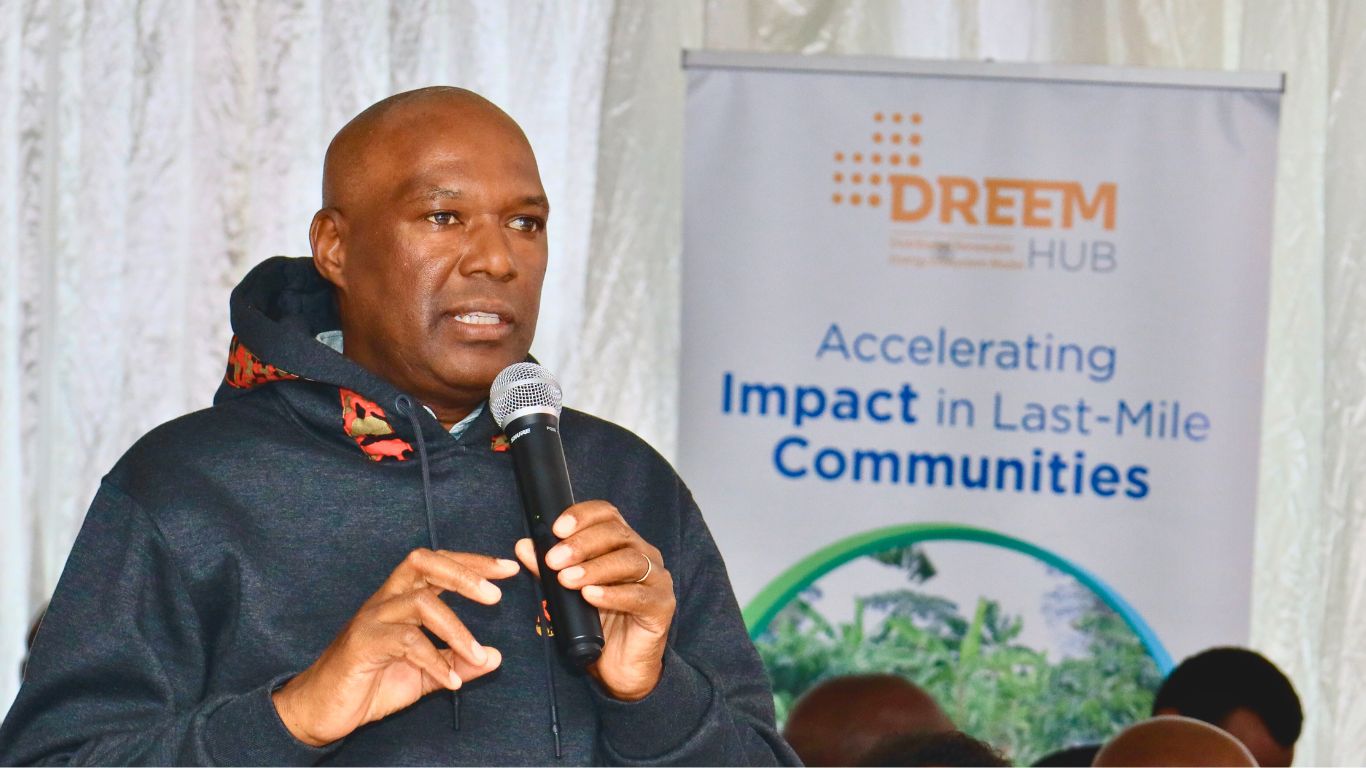
Gikonyo, who also chairs the Kenya Coffee Producers Association, said that adaptation is no longer optional. “If production drops and we still want to stay profitable, we need technology and better value chain strategies — all the way to the consumer.”
His call for technology and value chain support was echoed across the forum.
Several government officials attending the conference, acknowledged that DREEM’s approach complements their national climate and development goals, describing it as ‘well-aligned with their strategies.’
“Energy security, reliable energy supply, and sustainability are cornerstones for our country’s overall development strategies,” said Imani Mruma, Tanzania’s Deputy Commissioner for New Energy, adding that the productive use of energy is crucial for agricultural transformation.
Eng. Alice Nyaga of Kenya’s Ministry of Agriculture linked the model to Kenya’s national climate goals.
“The DREEM hub model fits squarely within Kenya’s commitment to reduce emissions by 34% by 2035,” she said, referencing the country’s updated Nationally Determined Contributions (NDCs).
She also spoke on the need for inclusivity, urging stakeholders to ensure clean energy benefits reach marginalized communities.
“Whatever we prioritize as agencies, the end user is the community that we need to reach,” she said.
Her remarks reflect Kenya’s broader energy transition.
Recently, the Kenya Electricity Generating Company (KenGen) — the country’s main power producer — received approval to start manufacturing solar kits, aiming to diversify revenues while tapping a growing market.
As Kenya works to expand solar energy at a national scale, conference delegates said decentralized solutions tailored to smallholder farmers help ensure affordability and accessibility.
Financing also dominated the first day of the conference.
With donor funding set to wind down over the next two years, DREEM stakeholders are racing to build financing models that can outlive grants — and scale solar-powered agriculture sustainably across East Africa.

Delegates said the key to this financial transition lies in blended finance — combining concessional loans, farmer buy-in, and cooperative structures to spread risk and build lasting ownership.
Donors like the Mott Foundation have helped establish the ecosystem — funding early pilots, building enterprise capacity, and training solar technicians — but not by subsidizing the hardware for every farmer.
Instead, DREEM’s model builds on this foundation, encouraging co-investment by farmers, cooperatives and financial institutions, to drive accountability and ensure solar solutions take root.
Currently, farmers can access productive-use systems — such as solar-powered irrigation, cold storage, and milk chillers — through leases, cooperative savings shems, and structured loans.
In many cases, they repayments are made in kind, with deductions from milk deliveries or produce sales managed by cooperatives or microfinance institutions.
“We have dairy cooperatives using solar pumps for irrigation, and they’re repaying through milk deliveries,” said William Matovu of Heifer International Uganda. “The cooperative acts as a guarantor.”
Across the region, the financing approach adapts to local needs. In Uganda, asset financing at cooperative level enables farmer groups to acquire equipment collectively. In Tanzania, informal savings groups act as collateral, enabling local banks to lend with less risk.
Government-linked institutions like the Bank of Tanzania and partners such as WWF-Tanzania are building green finance pipelines, helping connect commercial banks to capital from the Green Climate Fund.
KCIC and the Africa Enterprise Challenge Fund (AECF), meanwhile, are working with Heifer Impact Capital to offer concessional loans at 12% interest — a rate designed to be more accessible to smallholder-facing enterprises.
Still, capital alone isn’t enough.
Delegates repeatedly stressed that co-investment from farmers is essential to build trust and long-term use. That’s why DREEM’s financial model also includes training, technical support, and strong local partnerships to ensure the systems remain in use and deliver value.
“Farmer collectives now believe solar can power cold chains — not someday, but now,” said Matovu. “We already have 20 groups on a waiting list to switch from diesel to solar.”
But the clock is ticking. The Mott Foundation — which has funded nearly 200 enterprises and trained 1,700 solar technicians — is set to wind down support by 2027 as it reorients its global strategy.
“It’s not the end of the dream,” said Mott’s climate program director, Samuel Booth Passmore. “But it is time for this movement to become stronger, more connected, and more ambitious — led from the region.”
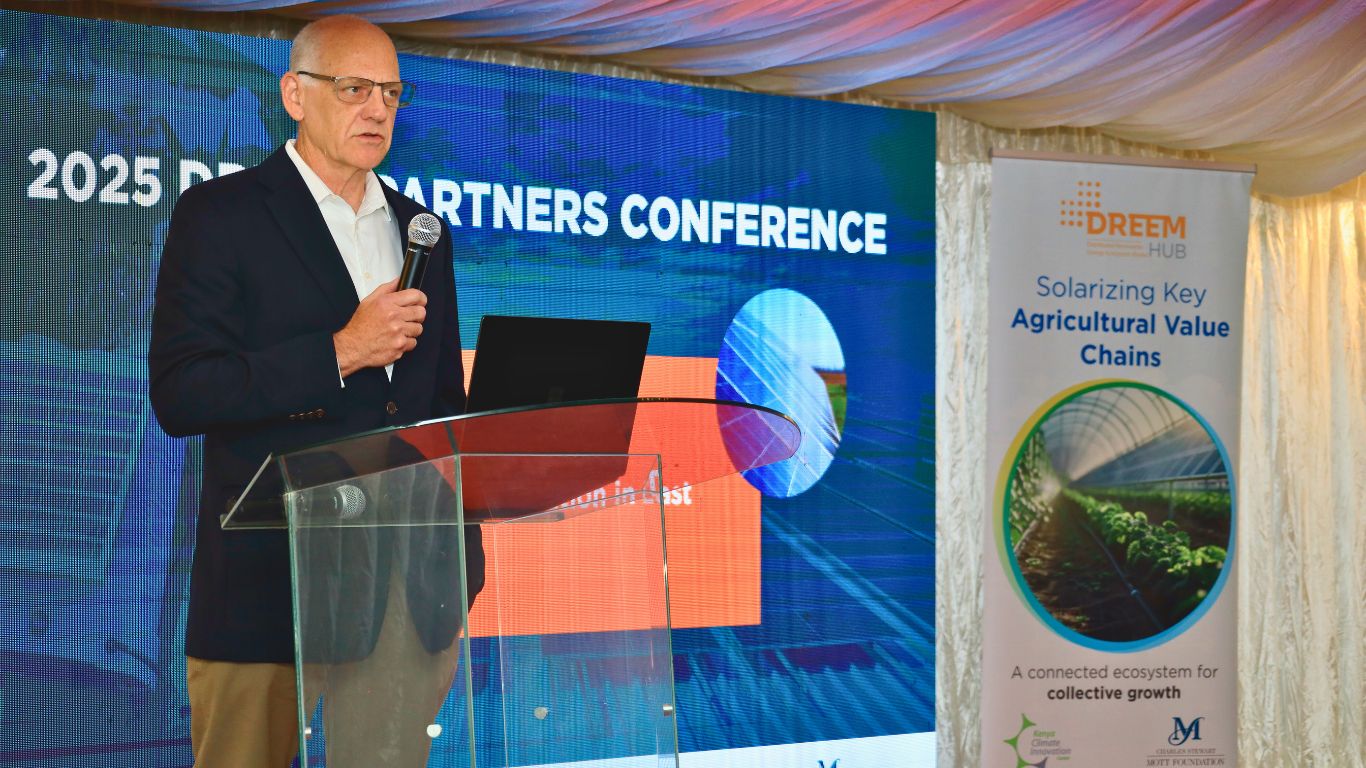
That future, many agreed, will hinge on whether East Africa can build business models and coordination platforms strong enough to embed solar in agriculture — and keep it there after the donor taps run dry.
“We cannot wait until the taps have dried up,” Maganju said. “2027 is just around the corner. The question is: what are we doing today to take advantage of emerging opportunities — and to build institutions that can survive on their own?”
According to several participants interviewed on the sidelines of the conference, if the model proves scalable beyond donor support, the DREEM approach could offer a replicable blueprint for other regions across the Global South facing similar challenges — from energy poverty, and weak rural infrastructure to mounting climate pressures.
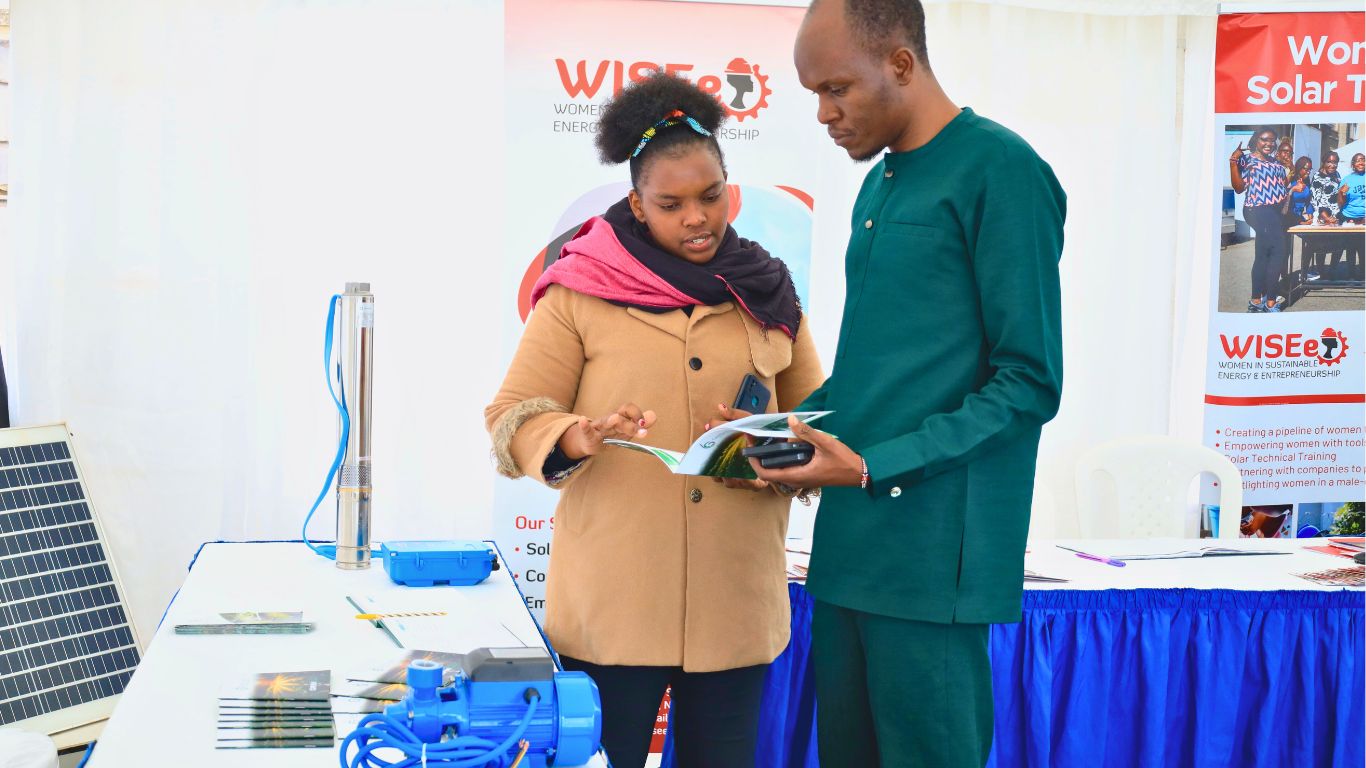
At the conference’s close, key actors — from government and finance to agritech — pledged to scale solar in agriculture, support cooperative farmer models, and embed clean energy into the backbone of rural economies.
The speakers said that the goal is not short-term fixes, but lasting change.
“We’re not building a project that ends when the funding ends,” said Murabula. “We’re building systems that continue delivering impact long after.”

